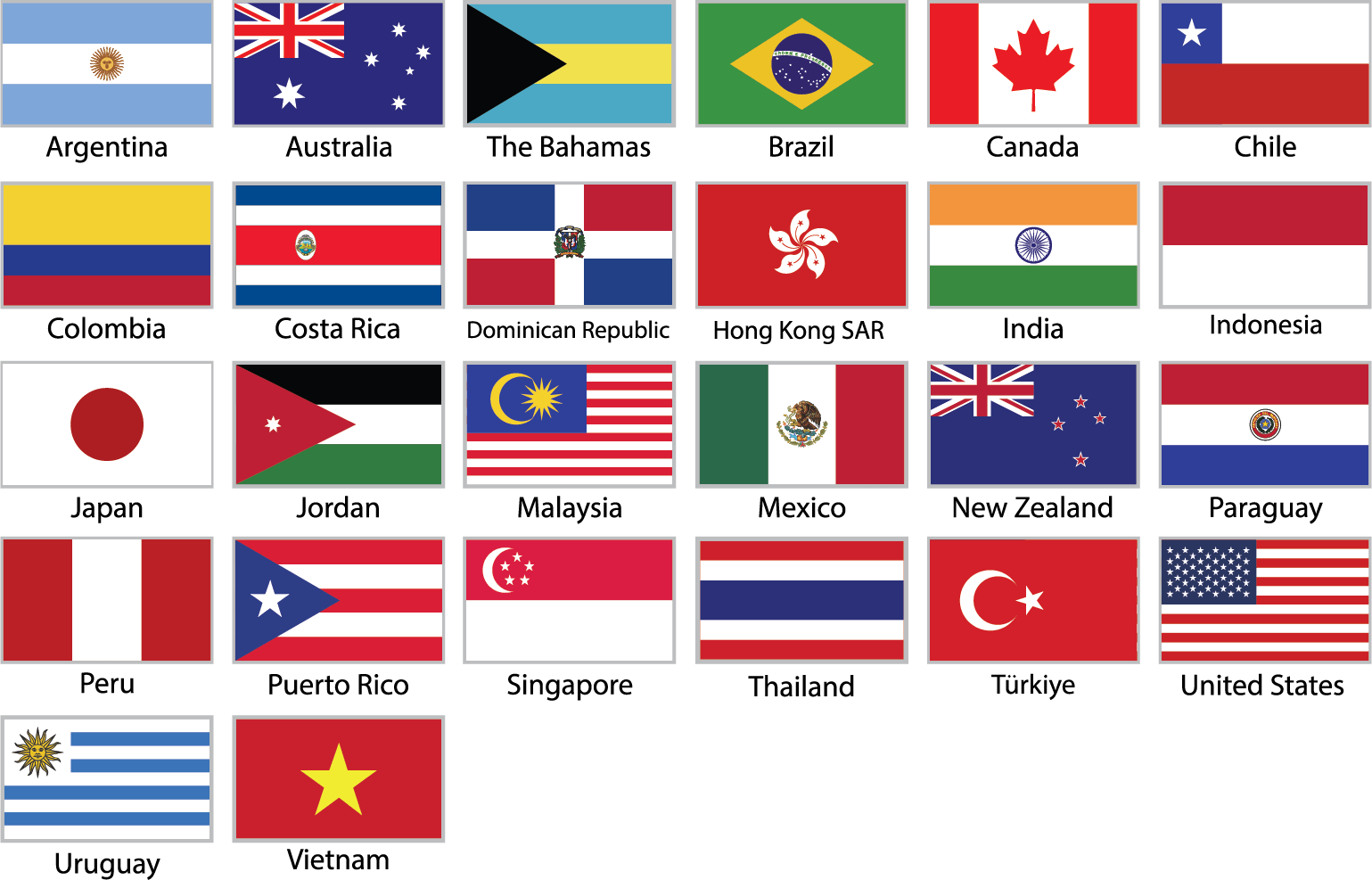by Jill Ettinger
January 18th, 2011
Sir Paul McCartney summed it up when he said: “if slaughterhouses had glass walls, everyone would be a vegetarian.” Cultural norms have long justified inhumane conditions for animals raised for food to both suffer and die in. Animal rights organizations like People for the Ethical Treatment of Animals and Mercy for Animals have caught truly unbelievable “standard industry practices” and shocking cases of cruelty in undercover videos.
The film “Food Inc” highlighted the massive impact a concentrated animal feed operation can have on natural resources and the environment as well as the work conditions of some slaughterhouses, where illegal aliens are brought into the country by abattoir owners and forced to work long hours in dangerous conditions.
Retailers, including the progressive chain, Whole Foods Market, have recently launched ‘humane’ standards with the Global Animal Partnership (GAP), but, according to a detailed chart provided by Animal Welfare Approved, not all definitions of humane treatment are the same.
The chart compares regulations used by five organizations and the results reveal that while all vastly improve upon conventional standards, ‘humane’ comes in many shades.
The organizations: Certified Humane, Animal Welfare Approved (AWA), Global Animal Partnership, USDA Organic and American Humane Certified, have each set up their own standards to abide by and carry their label, and Certified Humane and Animal Welfare Approved rank as most humane for the animals.
The highly promoted Global Animal Partnership, as well as USDA’s Organic Certification program for animal products and American Humane Certified allow a number of practices forbidden by the other two organizations, including longer transportation time to slaughter, or no regulations on travel time at all. The GAP and USDA also permits ear notching, nose rings, harmful bird catching methods, denial of outdoor access and denial of darkness for sleeping. Both also do not have a standard on dealing with ammonia levels from animal waste, which can burn chickens on contact and elicit infections. Providing shield from wind and shade to those animals receiving outdoor access is not required by GAP, USDA or American Humane Certified among other questionable practices allowed.
To read the rest of the article plese visit: http://www.organicauthority.com/blog/organic/organic-food/not-all-humane-animal-standards-created-equal/

Organic Authority – Humane Labeling
Posted: January 24, 2011 by Certified Humane
Sir Paul McCartney summed it up when he said: “if slaughterhouses had glass walls, everyone would be a vegetarian.” Cultural norms have long justified inhumane conditions for animals raised for food to both suffer and die in. Animal rights organizations like People for the Ethical Treatment of Animals and Mercy for Animals have caught truly unbelievable “standard industry practices” and shocking cases of cruelty in undercover videos.
The film “Food Inc” highlighted the massive impact a concentrated animal feed operation can have on natural resources and the environment as well as the work conditions of some slaughterhouses, where illegal aliens are brought into the country by abattoir owners and forced to work long hours in dangerous conditions.
Retailers, including the progressive chain, Whole Foods Market, have recently launched ‘humane’ standards with the Global Animal Partnership (GAP), but, according to a detailed chart provided by Animal Welfare Approved, not all definitions of humane treatment are the same.
The chart compares regulations used by five organizations and the results reveal that while all vastly improve upon conventional standards, ‘humane’ comes in many shades.
The organizations: Certified Humane, Animal Welfare Approved (AWA), Global Animal Partnership, USDA Organic and American Humane Certified, have each set up their own standards to abide by and carry their label, and Certified Humane and Animal Welfare Approved rank as most humane for the animals.
The highly promoted Global Animal Partnership, as well as USDA’s Organic Certification program for animal products and American Humane Certified allow a number of practices forbidden by the other two organizations, including longer transportation time to slaughter, or no regulations on travel time at all. The GAP and USDA also permits ear notching, nose rings, harmful bird catching methods, denial of outdoor access and denial of darkness for sleeping. Both also do not have a standard on dealing with ammonia levels from animal waste, which can burn chickens on contact and elicit infections. Providing shield from wind and shade to those animals receiving outdoor access is not required by GAP, USDA or American Humane Certified among other questionable practices allowed.
To read the rest of the article plese visit: http://www.organicauthority.com/blog/organic/organic-food/not-all-humane-animal-standards-created-equal/
Category: news